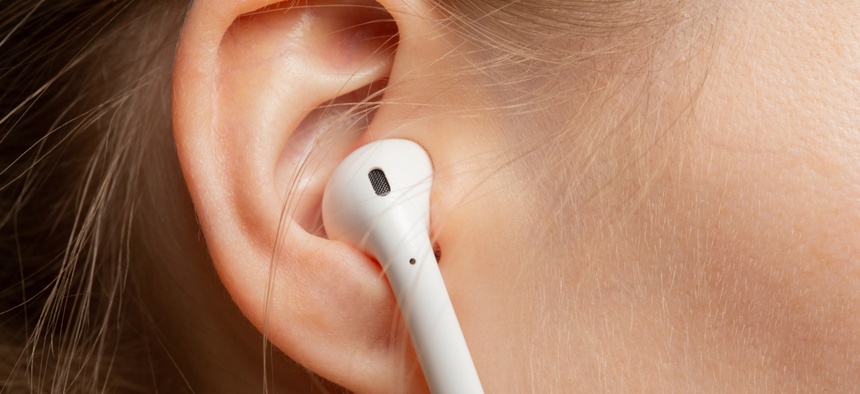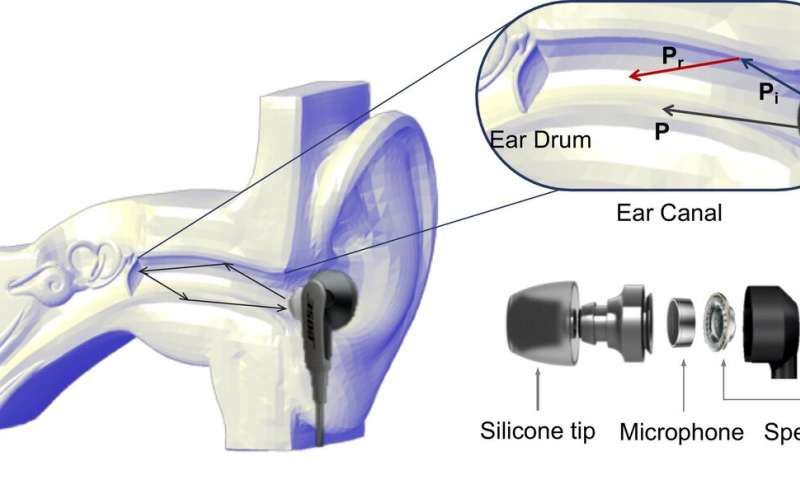I’ll recognize the sweet one ... by the shape of the ear canal. A new way to identify users

Biometric technologies continue to evolve. The other day it became known about the new biometric authentication system, which was developed by American engineers from the University of New York at Buffalo. It works as follows: the earphone emits an audio signal, and then the microphone built into the earphone receives the signal reflected in the ear canal. After the characteristics of the signal are analyzed by a special system.
The shape of the auditory canal in each person is unique - just like fingerprints or the retina. The accuracy of such a system is 95%. Of course, such a system is not suitable for forensics, but for everyday use as a confirmation of the user's identity - completely.
So, now many devices contain a fingerprint module or facial recognition system. These authentication methods are not very complex, but effective. True, in order for them to start working, the user has to perform certain actions.
But scanning the auditory canal does not require any action on the part of users - of course, if an earphone is inserted into the ear. According to the authors of the project, led by Zhanpeng Jin of the University of New York at Buffalo, a similar system may well be used in the future.
As a hardware platform, scientists used Bose SoundSport portable headphones. A microphone is built into one of the headphones, which receives a reflected audio signal. It is located in front of the speaker - according to the developers, in this case the proportion of “direct” rather than reflected sound is minimal.

The system analyzes the characteristics of the audio signal in two stages. First, the sound is identified by the system as the sound itself, not the noise. Then a cut-off of frequencies above 6000 Hz is performed.
After that, the algorithm recognizes the owner, for which a signal from the speaker and microphone is compared, with the subsequent reconstruction of the so-called transfer function. On its basis, the machine calculates certain features that undergo a more complex analysis of the binary classifier. All this is necessary in order to distinguish the "master" from the "alien".
The developers said that the system was tested on 20 people. All volunteers were given five five-minute sections of the podcast in different poses, with different levels of background noise. The total number of audio recordings, the length of which was 1 second, was 11,900. Each of them was composed of five different microphone recordings for one user.
As it turned out, the accuracy of human identification was about 95 percent. After the duration of the audio recording was increased to 3 seconds, the accuracy increased to 97.5%.
Will such a system (by the way, it is called EarEcho) find practical application? The most obvious way is to identify users of mobile devices. In this case, the method can be used as the main or auxiliary - depending on what level of reliability is needed.

As mentioned above, for identification it is necessary that the headphones are in the ear, that is, the action still needs to be performed. Nevertheless, if a person is already wearing headphones (and now many people put them on immediately after leaving home, work, the hall), then verification, for example, of a bank payment becomes a second task.
All Articles